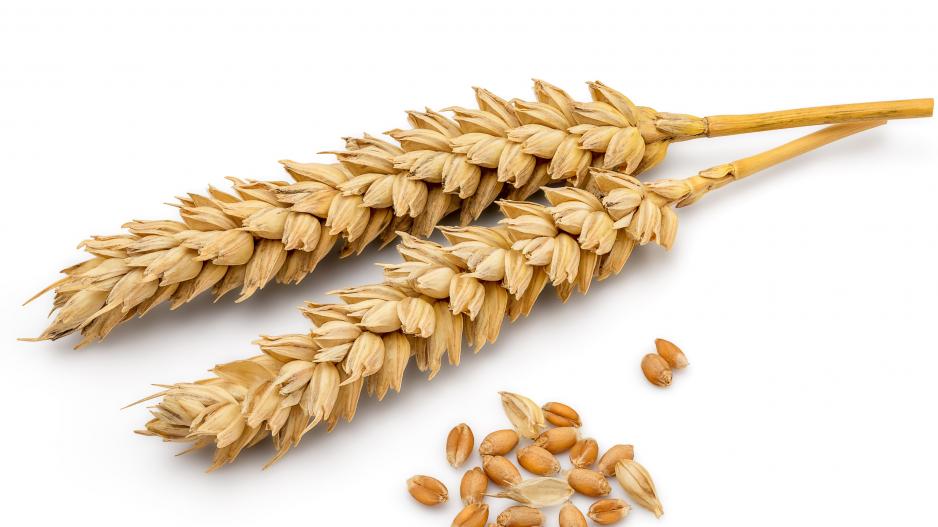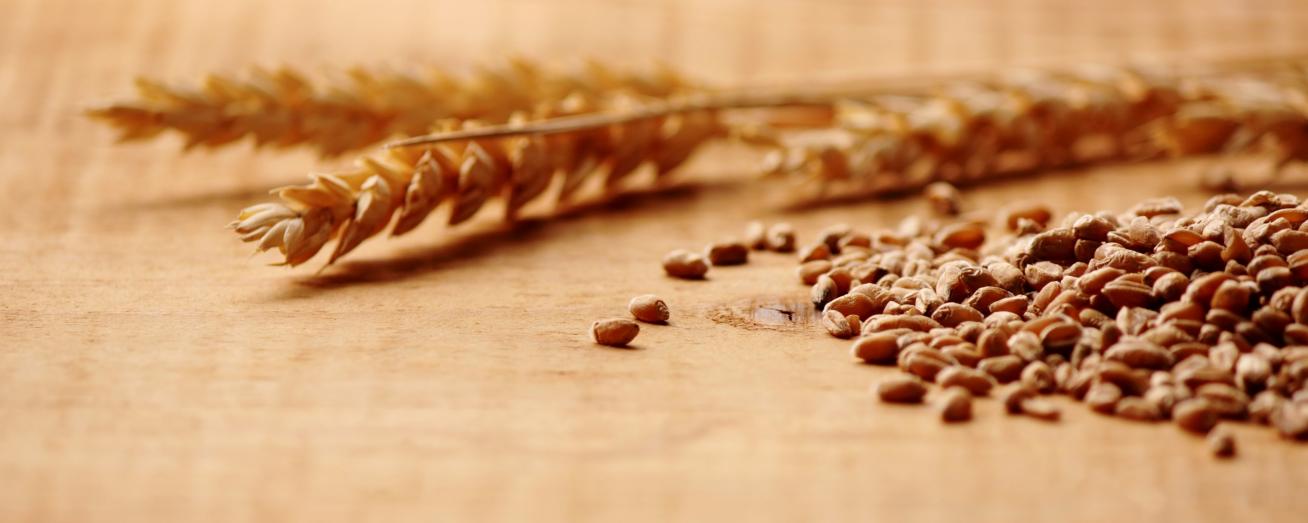In simple terms, wheat allergy should only require the avoidance of wheat and wheat containing products. However, the possibility of cross-reaction with other cereals and plants must be considered, particularly in the management of an IgE-medicated allergy.
Labelling
In 2004, the Food Allergen Labelling and Consumer Protection Act (FALCPA) was passed by Congress. FALCPA was an amendment to the Federal Food, Drug, and Cosmetic Act which requires that all major food allergens be listed on a food label. FALCPA identified wheat as one of the eight major food allergens. A study conducted by the FDA in 1999 before the allergen labeling act found that 25% of foods sampled did not indicate the presence of peanuts or eggs in the ingredient list, even though the food contained them. FALCPA was passed by Congress so individuals with food allergies could identify safe foods from reading the ingredients on a label. Looking for a gluten-free labeled product would also ensure that the product was wheat free.
Advice regarding wheat free diet
A consultation with a specialist dietitian is the cornerstone of treatment for the individual on a wheat free diet. The dietitian can guide your patient through the issues of label reading, dining out, supplementation, and planning a nutritionally balance intake. Tips for following a wheat free diet can be found here.
Alternative Grains
There are many grains and foods that naturally do not contain gluten and can be safely consumed by individuals with celiac disease. Naturally gluten-free grains include rice, corn, buckwheat, millet, amaranth, oats, quinoa, tapioca, sorghum and teff. Additionally, plain potatoes, legumes, many dairy products, meat, fish, poultry, eggs, oils, fruit and vegetables are naturally gluten-free. A healthy, balanced diet can be developed with these naturally gluten-free foods.
There is also a wide range of commercially prepared gluten-free products, including flour mixes, breads, pasta, cookies, crackers, cereals and more. These manufactured products will have a "gluten-free" designation on their packaging. The notation of gluten-free by US or Canadian regulations ensures that the product does not contain more than 20 ppm gluten threshold.

A referral to a dietitian is crucial to ensure that the diet remains balanced and healthy while avoiding wheat in appropriate levels.
A wheat-free diet may seem daunting at first, but with expert guidance and practical tips the individual with a wheat allergy can live a full and delicious life.

References
- Jones SM, Magnolfi CF, Cooke SK, Sampson HA. Immunologic cross-reactivity among cereal grains and grasses in children with food hypersensitivity. J Allergy Clin Immunol 1995; 96:341-51.
- Pourpak Z, Mesdaghi M, Mansouri M, Kazemnejad A, Toosi SB, Farhoudi A. Which cereal is a suitable substitute for wheat in children with wheat allergy? Pediatr Allergy Immunol 2005; 16:262-6.
